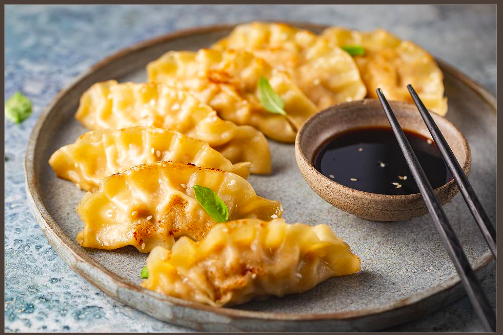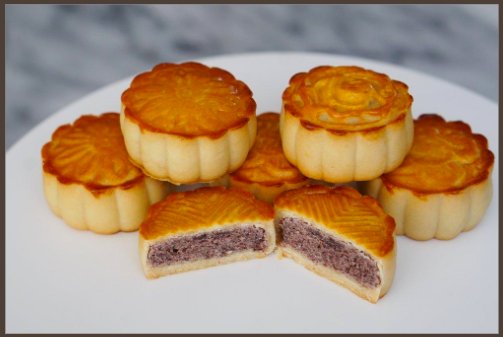For many, Chinese cuisine remains a mystery, which is always very exciting to approach. Not only the food itself plays a role here, but also cooking methods, table etiquette, cutlery, and dishes. Chinese cuisine has a rich history and can be enjoyed by both meat eaters and non-meat eaters, vegetarians, and vegans. In practice, there is no single concept of ‘Chinese cuisine’ because, by the division of China into provinces and regions, there are eight cuisines that stand out for their unique characteristics. For example, Fujian cuisine is fragrant and sweet, with an abundance of fresh vegetables and seafood; chefs usually prepare food for a long time. At the same time, Sichuan cuisine is spicy; culinarians often combine several types of pepper with garlic, plenty of butter, and meat. Thus, the knowledge of Chinese cuisine, which has many subtleties, can become an exciting tourist attraction with unusual experiments.
Why Is It Crucial?
Hospitality is aimed at creating a pleasant, comfortable, and at the same time, exciting atmosphere for tourists. Feasting and eating food is a straightforward and excellent opportunity to get acquainted with other people’s cultures, and it would initially seem alien and strange. It is especially suitable for lazy tourists and will be combined with holidays such as birthdays. It is also convenient for tourists who are actively blogging and social networks since such tourists can stay online with subscribers all the time for their ‘cultural research.’ People request content related to eating, cooking, and commenting on taste; watching this makes them feel safe and comfortable.
History
Chinese cuisine dates back to the Neolithic and is associated with developing an ideal balanced diet. Even before Confucius, the Chinese sought to improve their health through food. However, in the 6th-5th centuries BC, it was Confucius who called cooking a subtle art and carefully studied it. Archaeological excavations indicate the respectful attitude of the Chinese to gastronomy: historians have found ancient pots, knives, and other utensils in Henan province. Already in 770-221. BC. In ancient China, there were public restaurants where rich people could dine. Approximately 1500 years ago, the first Chinese cookbook appeared, detailing how to prepare balanced meals. Cooking for the Chinese has always been a subject of awe and romanticization; they endowed it with high meaning. Poets described the serving of dishes to emperors and mentioned dishes of that time: quail soup and a young turtle in the sauce. Even then, the first division into China’s Southern and Northern cuisines was formed. In the Middle Ages, Chinese travelers brought grapes and alfalfa to their homeland, which became widely used by cooks. Only later, eight main Chinese cuisines were formed, which are still considered classics (J., 2022).
Combining with Learning the Chinese language
The restaurant vocabulary is central and perhaps one of the simplest that tourists can master. Here different people can immediately learn the names of plants, trees, animals, and cutlery. In addition, tourists will be able to learn the basics of polite communication by ordering from waiters who are always friendly and happy to help them.
Details: Street Chinese Food
Many tourists want to feel like a typical Chinese who is in a hurry to work or study and runs into the market to buy baozi and eat them on the go. The first known dish is dumplings cooked in oil or jiaozi (Pang, 2022). These dumplings are made from thin dough; often, the filling is very juicy, so you need to eat them carefully so as not to stain your clothes with liquid. The filling usually has a lot of onions and ginger, which makes the taste of dumplings unforgettable. On the other hand, baozi is made from thick rice dough, so they are relatively easy to eat. However, such cakes can be unnecessarily satisfying and heavy on the human stomach. A hot pot is a food for a large company, and visitors cannot eat it on the go because tourists will have to sit at the table and large pots to cook their meat, mushrooms, and vegetables. The Chinese burger is generally unfamiliar to newcomers to Chinese cuisine. However, it is similar to baozi, which uses only a different flatbread shape and a different amount of dough.
How to Make Jiaozi

The process can take from half an hour to almost three hours. The first thing to do is prepare the rice dough by mixing water and rice flour. Such a dough turns out to be white and very soft, very different from yeast. The cook must form the dough into small balls, which need to be rolled out with a rolling pin (or bottle) to the state of thin circles. People can prepare the onion-meat filling in any proportions of meat, onions, spices, and ginger. However, the cook must observe a strict balance of no more than one teaspoon per circle (Parkinson, 2022). People must form mugs into dumplings, which may not work for inexperienced people at first since this must be done quickly, showing the dexterity of the fingers. Mugs must be lubricated with water along the edges so that the design of the dumplings does not fall apart during cooking and the meat will not be boiled in water. After quick cooking, the cook must place dumplings in a frying pan, where they are heated until golden brown only on one side, from below.
How to Make Mooncakes

It is a mistake to believe that the Chinese do not eat desserts. An example of a classic Chinese dessert is moon cakes, made from honey, cake flour, and various other ingredients (Rattray, 2022). Many auxiliary tools are needed for this dessert, which is not typical for dumplings. After preparing the dough, it and the bean paste must be in the refrigerator to cool. After cooling, the actions resemble the preparation of dumplings: the cook must roll out the formed ball into a circle but does not pursue excessive subtlety because this dish already uses a different dough. The ball of chilled bean paste must be moved into a rolled circle and wrapped. A mass of dough and pasta must be sprinkled with flour and placed in a mold to create a unique pattern. In the future, people need to place the formed moon cakes in the refrigerator for new cooling. The cook needs to beat the yolk to grease the tops of the moon cakes with it. After cooling and brushing, moon cakes are sent to the oven for 15-20 minutes.
References
G. (2022). How to eat in China — Chinese table manners, dining etiquette. China Highlights – Since 1998!
J. (2022). Do you know the 8 Chinese cuisines? The Woks of Life.
Pang, K. (2022). The 10 most popular street foods in China. China Highlights – Since 1998!
Parkinson, R. (2021). Get started now. The Spruce Eats.
Rattray, D. (2022). Make your own mooncakes to celebrate mid-autumn festival. The Spruce Eats.